An upside to the high cost of food here on island is that we waste less. I’m sure we’re not the only ones that go away and get excited by the fresh produce at a comparative steal and end up with more than we can possibly get through? I have never liked waste though and having been raised by parents who had the “waste not, want not” mentality firmly ingrained from their upbringing and the post war era, we were always very resourceful as a family and little was thrown away. That’s easier to do on a homestead with chickens and other animals to feed and bottles and jars always in demand for preserving, but with some forethought can also be achieved in an urban setting and I’d like to share a couple of the small ways our household has been reducing our waste lately in case it inspires you to do the same or look for ways in which you could. Our kids, like many, go through phases with foods & not only foods, but sometimes the way in which they are cut can deem them unacceptable to our daughter, Ella. This started happening a lot with watermelon – wedges one day, squares or full circles another. It’s hard to keep up but anyway they come, no “white bits” are ever eaten and there are often plenty of half eaten or untouched pieces. So I started making popsicles at home with all of this blended up with a pinch of mineral-rich salt, a squeeze of lime and a dash of raw honey. We even wash and reuse the popsicle sticks that survive the process of sometimes being smuggled out of the freezer, the kids think they’re that good! We do smoothies or smoothie bowls a lot for breakfast at home and freezing any bits of fruit the kids may have leftover from snacks can be great for them. I also like using a bit of veg in there that can go unnoticed such as zucchini where the outside has been peeled off to use in salads/cooking but you could also use things like leftover pumpkin or sweet potato (these don’t need to be frozen but will help to thicken your smoothie without ice if you’re not going to use them right away). I love leftovers, especially veggies, so they never go to waste in our house, but in an effort to make them more presentable to others I once tossed them in a pan with some white miso and organic cream I had on hand to make a sauce – it was such a hit I now sometimes get the cream especially for a miso veggie sauce, but it depends on the day what the reception will be like from the kids…that goes for most things though! Second to a blender, my favourite kitchen appliance is our Instant Pot, a slow cooker/pressure cooker in one. It is amazing for making short work of things like lamb shanks, bone broths and stocks that use any leftover vegetable scraps such an onion peels, ends of carrots, celery etc which can be stashed in the freezer until your ready and (grass fed/pasture raised) bones. I use it outside to avoid those smells in the house and it takes a lot less time and energy to make using the pressure cook function. The quality of the stock is far superior to any that you can buy and can be strained and frozen once cool if you’re not going to use it within a week or so. I am not a fan of microwaves and these are great alternative for reheating as well as doing one pot rice dinners and curries. I need to experiment more with cooking dried beans in there next as I’ve yet to find a way to make our homegrown lima beans taste edible. They are toxic raw by the way and should only be eaten cooked (I found that out the hard way and landed myself in hospital, but that is a story for another time!) So at the end of the day we don’t have a whole lot left to compost but the most efficient way I have found, having tried a number of different composters and techniques, is to simply dig a hole and bury your scraps. Here in the tropics things break down really quickly and you will find enriched soil in that spot in as little as a couple of weeks. Better soil enables you to grow more of your own food with fewer inputs and helps to close the loop, what nature is best at, and further reduce your waste. This has also been done in apartment settings on balconies that were then use to grow all kinds of things so no garden need not be an obstacle! JH


